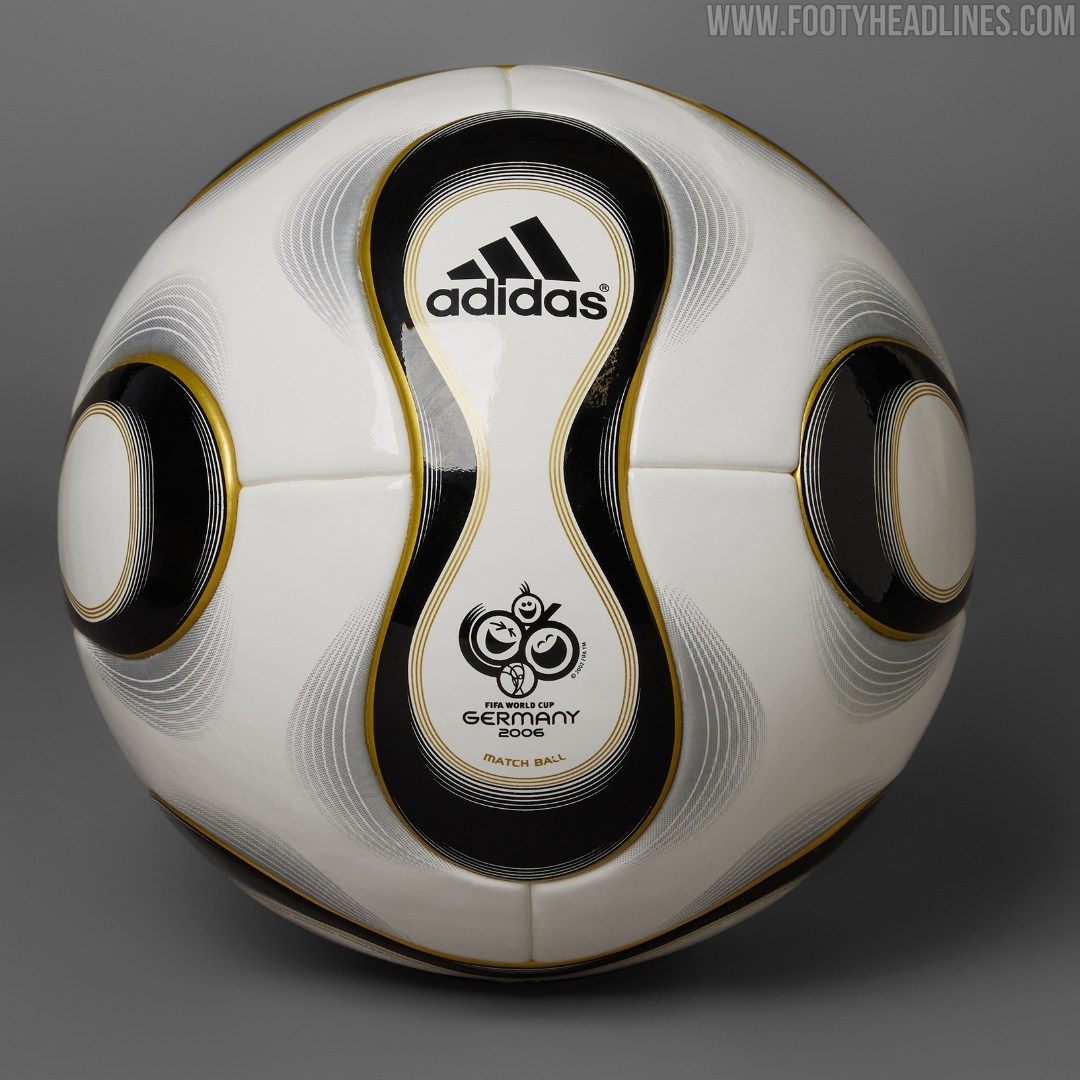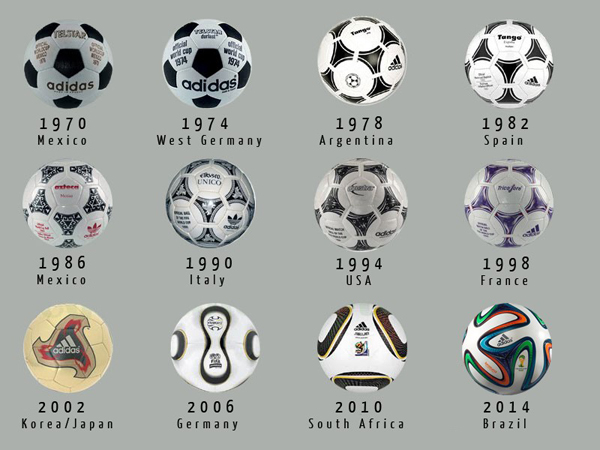The Ball That Broke Football (Or Maybe Just Changed It)
Look, when people talk about the “modern” football, the one that knuckles and dips and makes keepers look stupid, everyone points to the Jabulani from 2010. That thing was a nightmare. But they’re wrong. They’re focusing on the symptom, not the actual disease. The whole game changed four years earlier, and it all started with the 2006 Teamgeist ball used in Germany.

I didn’t start digging into this because I was bored. I started digging because my buddy, Mike, is an absolute menace on the pitch, but he’s also a stubborn idiot when it comes to history. We were playing 5-a-side last month. He was taking a free kick about 20 yards out, leaned into it, shanked it hard, and it bounced harmlessly into the bushes. He immediately stood up, kicking the turf, and yelled, “These modern balls are garbage! Back in the day, you could actually put some proper bend on it!”
And that’s where the argument started.
I pushed back. I told him the problem wasn’t “modern balls.” The problem was that the definition of “modern ball” shifted radically in 2006. He scoffed, said a ball is a ball, they’ve used hexagons and pentagons forever. I knew I was right, but proving it meant going down a rabbit hole I hadn’t planned on.
This isn’t just about kicking a ball, folks. This is about aerodynamics and material science, twisted up with a competitive bet I had suddenly agreed to. We shook on it: I had two weeks to prove that the 2006 Teamgeist was the actual inflection point, not the 2010 Jabulani, or I owed him a ridiculously expensive custom pair of cleats.
My Practice: Digging Up The Past
The first thing I did was start hunting. I needed a benchmark. I needed to see what football physics looked like pre-2006. So I spent three full days just trolling used sporting goods stores and checking eBay for old, worn-out balls.

- I managed to track down an old Adidas Fevernova (2002 World Cup).
- I found a decent replica of a Tango from the early 80s.
The first thing you realize when you hold these things is how rough they are. They all use the traditional 32-panel design—20 hexagons, 12 pentagons. Every one of those 32 panels is stitched together. All those stitches create friction. That friction, that roughness, is what catches the air and allows you to put massive, predictable spin on the ball. You could always count on the curl.
Then I had to locate the culprit: the Teamgeist. That was tougher. They are collector items now. I finally sweet-talked a retired local coach who had one tucked away in his dusty basement, never inflated. He let me borrow it, reluctantly, for my “research.”
The Panel Count: The Shocking Difference
The moment I laid eyes on it, the difference was massive. It didn’t look like a soccer ball. It looked like some smooth, futuristic egg. I counted the panels immediately.
14 panels. Just 14.
And here’s the key, the thing that changed the game: these panels weren’t stitched. They were thermally bonded. That means heated glue and pressure basically welded the seams shut, making them almost perfectly flush with the surface. The ball surface was nearly seamless. It was incredibly smooth.

I spent the next week kicking all three balls—the Tango, the Fevernova, and the Teamgeist—into an empty net on a local school field. I even set up a camera to record the flight path from above and the side, trying to simulate a free-kick scenario.
The Findings I Documented:
The results were conclusive, and they confirmed exactly what I was arguing with Mike:
- The Tango/Fevernova (32 panels): When I put heavy side-spin on these, they reliably arced and dipped just like you’d expect. The spin held. They were heavy and felt predictable coming off the foot.
- The Teamgeist (14 panels, bonded): This thing was a beast. When kicked dead center, it flew like a missile, much faster and straighter than the stitched balls. But when I tried to put spin on it, it didn’t grab the air the same way. The air skipped right over the smooth surface. The result wasn’t reliable curl; the result was chaotic wobble. The reduced seams meant less drag to stabilize the spin.
This is what changed the physics. It wasn’t that the ball became unpredictable right away, but that the focus shifted from optimizing predictable spin (old game) to optimizing low air resistance and raw speed (new game). The Jabulani four years later just cranked that smooth, low-panel design up to 11, making the chaos even worse.
The Final Score
I compiled all the footage, the panel comparisons, and the historical data, and presented it to Mike over a couple of beers. He tried to argue that the leather quality was different, or maybe I just kicked the old balls better. But once I showed him the slow-motion footage, comparing the air disturbance around the 32-panel seams versus the near-zero disturbance around the 14-panel bond lines, he finally shut up.
The 2006 Teamgeist didn’t just change the ball; it fundamentally changed how professionals had to kick the ball. It was the first true step away from predictable air resistance, forcing players to adapt to a smoother, faster, and sometimes erratic trajectory. We haven’t looked back since.

Mike, being the sore loser he is, didn’t buy me the cleats. But hey, I got my answer, and I didn’t have to spend a ridiculous amount of money on a prototype ball to prove a point about football history. Sometimes, the best knowledge comes out of a stupid argument with a friend over a shanked free kick.
